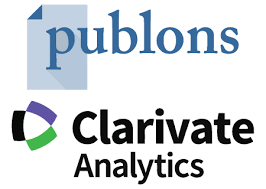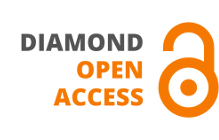Asymetrie d'information et rationnement du crédit bancaire dans les PME camerounaises
DOI :
https://doi.org/10.59051/joaf.v6i1.41Mots-clés :
Opacité informationnelle, Risque de substitution, Relation, Garantie, RationnementRésumé
Cette étude a pour objet d’un part de mettre en évidence les caractéristiques de l’asymétrie d’information et du rationnement du crédit bancaire et, d’autre part, d’analyser les facteurs explicatifs du rationnement du crédit bancaire.
L’étude par questionnaires auprès de 93 PME montre que celles-ci évoluent dans un contexte d’asymétrie d’information et qu’elles sont aussi rationnées. Les tests de régression logistique montrent que le caractère opaque des PME et l’incertitude liée au projet d’investissement influencent positivement sur le comportement de rationnement du crédit bancaire et que la relation bancaire de long terme entre la banque et l’entreprise, et la capacité à présenter des garanties ont une influence négative sur le comportement de rationnement du crédit bancaire.
Téléchargements
Références
Téléchargements
Publié
Numéro
Rubrique
Licence
Les auteurs qui publient dans cette revue acceptent les termes suivants :
- Les auteurs conservent le droit d'auteur et accordent à la revue le droit de première publication, l'ouvrage étant alors disponible simultanément, sous la licence Licence d’attribution Creative Commons permettant à d'autres de partager l'ouvrage tout en en reconnaissant la paternité et la publication initiale dans cette revue.
- Les auteurs peuvent conclure des ententes contractuelles additionnelles et séparées pour la diffusion non exclusive de la version imprimée de l'ouvrage par la revue (par ex., le dépôt institutionnel ou la publication dans un livre), accompagné d'une mention reconnaissant sa publication initiale dans cette revue.
- Les auteurs ont le droit et sont encouragés à publier leur ouvrage en ligne (par ex., dans un dépôt institutionnel ou sur le site Web d'une institution) avant et pendant le processus de soumission, car cela peut mener à des échanges fructueux ainsi qu'à un nombre plus important, plus rapidement, de références à l’ouvrage publié (Voir The Effect of Open Access).






















